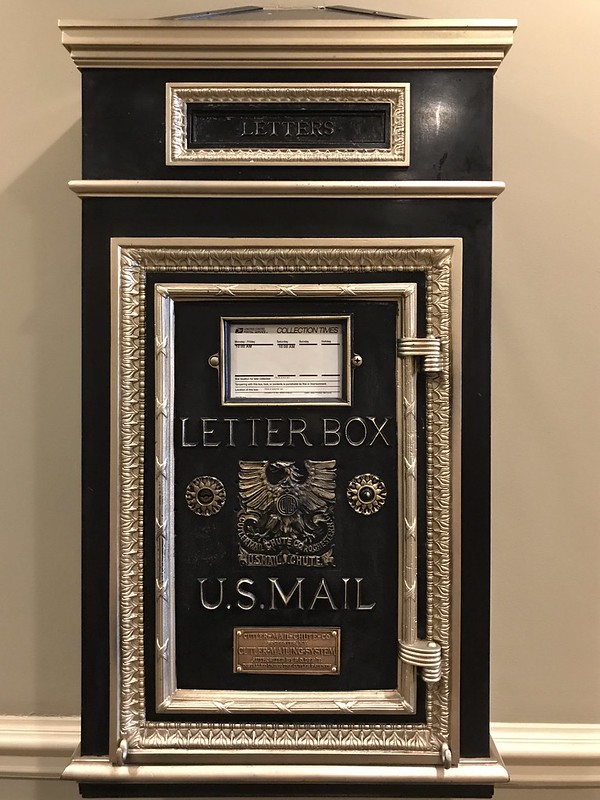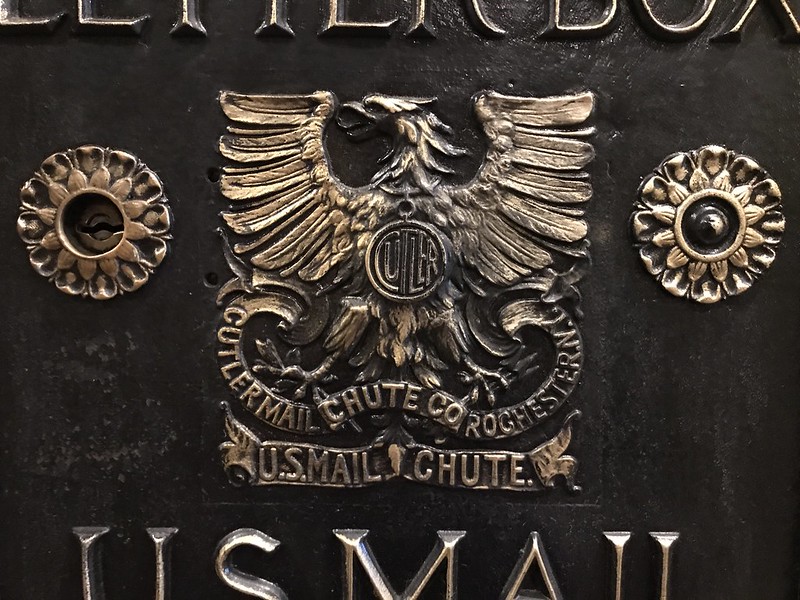For years, I’ve been taking photos of the Belt of Venus without knowing it. NASA’s Astronomy Photo of the Day explains.


For years, I’ve been taking photos of the Belt of Venus without knowing it. NASA’s Astronomy Photo of the Day explains.

There’s an old man who sells newspapers from a little shelter downtown. He’s there every weekday during the 5 p.m. rush hour, shivering in the cold or sweating under the sun. His eyes are sunken; his cheeks are hollow. He looks neither healthy nor happy. Lonely, silent, melancholy.
Half-sitting on the bench on which the newspapers are folded, he used to quietly wait for a passerby to buy a paper. When someone did (and this seemed rare), he would slowly hand him the paper, accept the coin, and quietly say, “Thank you.” But even a sale did not lift the burden from his slightly stooped shoulders, and his sad, withdrawn expression never changed.
Later, he seemed to realise that he had to compete with the more aggressive young newsboys, whose harsh cries of “Final Times — final Tribune” disturbed the already busy air. He too would say, “Tribune — Times,” but his voice was quiet and hesitant like a whisper, as though he did not think his new boldness would boost sales. He seemed to hold some small hope it would.
He is still there, in the same shelter. The same harassed executives brush by him. The same complaining assistants still hurry past him. Few stop to buy the paper; fewer still exchange a kind word. None wonder about the old man: his past, his present, his future, his end. As for him, he still looks blankly past the parade passing by; still waits for the few who might purchase a paper.
Still waits.
Copyright © Diane L. Schirf
1980s/date unknown
A couple of years ago in “Please Mr. Postman,” I marked the prolonged passing of the blue mailbox, no longer needed in the age of text messaging, mobile phones, and social media. Before USPS started carting the Chicago boxes off to rust at the central office (where I saw what seemed to be thousands lined up, with nothing to do and nowhere to go), another type of mail collection method had fallen into disuse — the mail chute, or Cutler mailing system.
The first mail chute I saw and used was at 200 South Riverside Plaza in Chicago, at my first job. The chute ran down the wall across the hall from the word processing room on the 37th floor. People still used it in 1983. Walking past it, I would be startled by the sudden whoosh of an envelope falling down the chute, presumably on its way to a receiving box. Sometimes, however, someone would ambitiously stuff, say, a 9″ x 12″ envelope into the chute, which had the same effect as boxes do in trash chutes — it would “gum up the works,” as my dad might have said.
I don’t recall if the mail chute was still in use when the company relocated to 203 North LaSalle Street in 1986. A contemporary blend of glass, steel, and atrium, this building probably didn’t have anything as quaint as a mail chute.
The Flamingo, which opened in the late 1920s, has a mail chute, although it’s closed off on the floors. I have no idea where it may have ended, as it’s on the same south wall as the elevators, while the mail receiving box in the lobby is on the north wall across from the elevators. Mail is collected from the receiving box once a day, ostensibly at 10 a.m., but it was afternoon the one time I saw the carrier come in to open it.




Cutler~Mail~Chute~Co.
Rochester, N.Y.
Cutler~Mailing~System
Authorized by P.O. Dep’t.
Installed under the Cutler Patents
Note that it’s not just a mail chute and mail receiving box, but the Cutler mailing system. Product pretentiousness isn’t a contemporary invention.


Find out more about the history of the Cutler Mail Chute Co. and the Cutler mailing system at the National Postal Museum site and, of course, Wikipedia.
Added 2/19/2017: You can see more examples in New York City at Atlas Obscura and learn about why mail chutes were discontinued.
Added 5/12/2020: “Oh, chute!” from USPS News Link and “The city’s mail shafts are chock-full of good stories” from Crain’s New York Business. The latter is worth it for:
The mother of all mail-chute jams occurred in 1986 between the lobby and the basement of the McGraw-Hill Building at 330 W. 42nd St. Workers removed cinder blocks to rescue 40,000 pieces of mail, filling 23 postal sacks.
Aaron Elstein, Crain’s New York Business
The Devil in the White City: Murder, Magic, and Madness at the Fair That Changed America by Erik Larson. Recommended.
In The Devil in the White City, Erik Larson has turned what could be a dry retelling of the facts into a suspenseful story of creation, destruction, and insanity, focusing on architect Daniel Hudson Burnham, serial killer H. H. Holmes, and disturbed young man Patrick Eugene Joseph Prendergast. How will Burnham complete the 1893 World’s Columbian Exposition on time? In the midst of the world’s fair excitement, will anyone ever notice Holmes’ grisly career choice? What will Prendergast do and what does he have to do with the fair?
In chapters that roughly alternate, Larson exposes the characters of these individuals: the ambition and drive of Burnham, the amoral charm and bloodthirsty quest for psychological power of Holmes, and the obsessive insanity of Prendergast. While these stories are know to history, Larson is able to imbue them with suspense, showing the critical points at which the world’s fair nearly failed and the many obstacles that continually arose to obstruct it, the care with which Holmes planned his career and chose his victims, and Prendergast’s growing fascination with Chicago Mayor Carter Henry Harrison.
Unfortunately, Larson begins several strands that lead nowhere. After Burnham’s partner, John Root, dies, Larson hints that the opium addiction of Burnham’s new partner, Charles Atwood, will cause problems later, but never alludes to it again.
Larson also spends a great deal of effort on everything that impedes Frederick Law Olmsted’s implementation of the world’s fair landscape architecture plan, from temporary infrastructure such as rails to paths rutted after heavy rains. Despite extensive quoting of Olmsted’s concerns beyond the fair’s opening, Larson never reveals whether Olmsted’s plan was completed or, if not, the extent to which it was completed. At the end, while he describes Olmsted’s decline into dementia in great detail, I found myself wondering what the results were of Olmsted’s work on the world’s fair and not finding even a hint of an answer.
Another area that Larson builds on is Chicago’s desire to “out-Eiffel” Alexandre Gustave Eiffel and his Eiffel Tower. The result is the Ferris Wheel, which attracts thousands of visitors and makes $200,000 in profits. It’s never clear, however, whether the contemporary world perceived that Burnham and Ferris had succeeded in their quest.
In his conclusion, Larson omits some interesting details and gets others wrong. He mentions that the Palace of Fine Arts was transformed into a permanent building, home to the Museum of Science and Industry, but fail to mention that it was designed by Burnham’s opium-addicted partner, Charles Atwood. Indeed, Atwood is mentioned only twice. While noting that Olmsted’s lagoons and Wooded Island survive in Jackson Park today, he doesn’t allude to the other remnant of the fair that graces the park — a replica of the Statue of the Republic, fondly known as “Big Mary.”
His portrayal of Wooded Island as a “wild and tangled place” is only partially accurate. At the request of area nature lovers, the Chicago Park District stopped managing some areas, which are becoming “wild and tangled.” Visitors who cross the bridge, however, first behold a mowed lawn, while the Japanese garden is carefully, planted, pruned, and maintained — a fact that would surprise readers who go by Larson’s description.
Larson also talks about Burnham’s contribution’s to Michigan Avenue, Chicago’s “Miracle Mile.” The area is, of course, known more commonly as the “Magnificent Mile,” a phrase coined in 1947 by real estate developer Arthur Rubloff that is more suited to Burnham’s lofty aspirations. (“Miracle Mile” appears to be a recent marketing invention that most likely refers to the miracle it would take not to spend any money at the avenue’s many upscale shops and restaurants.)
Larson captures the era of rapid change and how a new type of American criminal, the antisocial serial killer, could take advantage of the time’s evolving mores and seeming indifference to mysterious disappearances. Burnham is incompletely portrayed; while he is shown to be a great architectural project manager who helped change the American idea of what a city could be, the reader is left with no sense of Burnham’s own architectural vision and style. Louis Sullivan’s criticism of the fair as relying on the past seems unfair based on Larson’s version of how the exposition was built; even had he wanted to be innovative, Burnham and his architects simply ran out of time. What would the exposition have looked like if Burnham had had another year?
Early visitors to the 1893 World’s Columbian Exposition felt a sense that the fair was incomplete, especially since the unfinished Ferris Wheel silently attested this impression. Careful readers will feel the same way about The Devil in the White City.
24 July 2004
Copyright © Diane L. Schirf